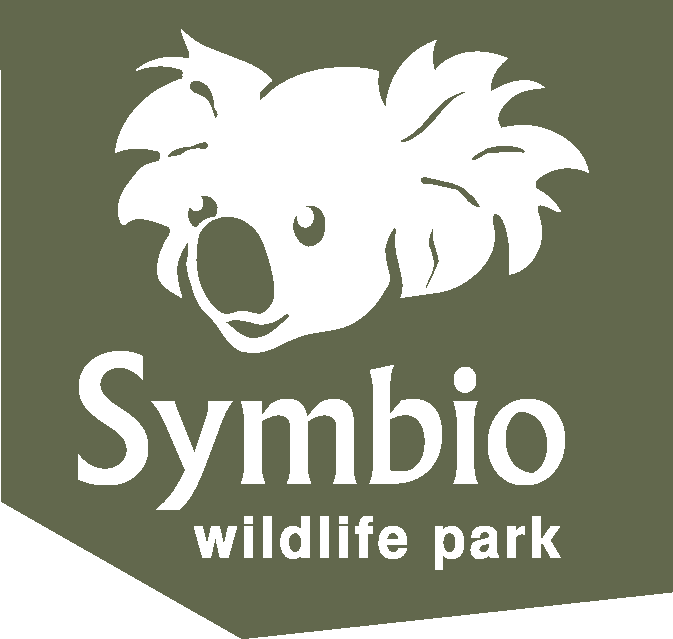
One of two dead grey nurse sharks found on an Ulladulla beach. Photo: Naomi Rafidi.
An investigation by NSW DPI Fisheries officers has not been able to determine the cause of the death of three sharks found on South Coast beaches over the weekend.
The bodies of two grey nurse sharks were found washed up on Racecourse Beach at South Ulladulla on Sunday, while a dead juvenile great white was located on a beach at Jervis Bay the same day.
NSW DPI has collected tissue samples and other information about the deceased sharks to contribute to ongoing research and all three have been buried.
The sharks at Ulladulla were whole and appeared to have been injured, possibly by an angler or another shark. One was around two metres long and the second was around 1.5 metres long. There is a grey nurse shark aggregation site at nearby Burrill Rocks.
A NSW DPI spokesperson said there were “no obvious signs to indicate cause of death and an investigation has not been able to determine the cause of death”.
In NSW, grey nurse sharks are listed as critically endangered in the Fisheries Management Act 1994. The east coast population is also listed under the Commonwealth’s Environment Protection and Biodiversity Conservation Act 1999 as critically endangered.
“It is an offence under the Fisheries Management Act 1994 to harm any threatened species, including grey nurse sharks,” the spokesperson said.
“On the spot fines of $500 apply for interfering with the threatened species, with maximum court-imposed penalties of $110,000 and/or two years imprisonment.
“Interfering includes harassing, chasing, tagging, marking or engaging in any activity for the purposes of attracting or repelling a grey nurse shark.



“If a fisher incidentally captures a threatened species, it must be returned to the water immediately to reduce the chances of further harm.”
If members of the public find dead sharks on the beach, they can be reported to the Fishers Watch Phoneline on 1800 043 536.
The Australian east coast grey nurse shark population extends from Central Queensland in the north to Narooma in southern NSW.
Grey nurse sharks are often observed just above the seabed in or near deep sandy-bottomed gutters or rocky caves, in the vicinity of inshore rocky reefs and islands. Their diet consists of a wide range of fish, other sharks, squids, crabs and lobsters.
Generally more active at night, the shark is a slow but strong swimmer and can grow to at least 3.6 metres in length.
According to NSW DPI, current threats to the species are believed to be incidental catch from commercial fisheries, recreational fishing and, to a lesser extent, the bather protection programs run in New South Wales and Queensland.
All line fishing methods that use hooks have the potential to harm the species, however research has shown recreational fishing methods using baited hooks with whole fish or large baits are far more likely to accidentally hook grey nurse sharks.
Further information on how to reduce your chances of hooking a grey nurse shark while fishing, and what to do if you happen to hook one can be found in Protecting the Greynurse Shark: A guide for recreational fishers and divers.
Original Article published by Katrina Condie on About Regional.












